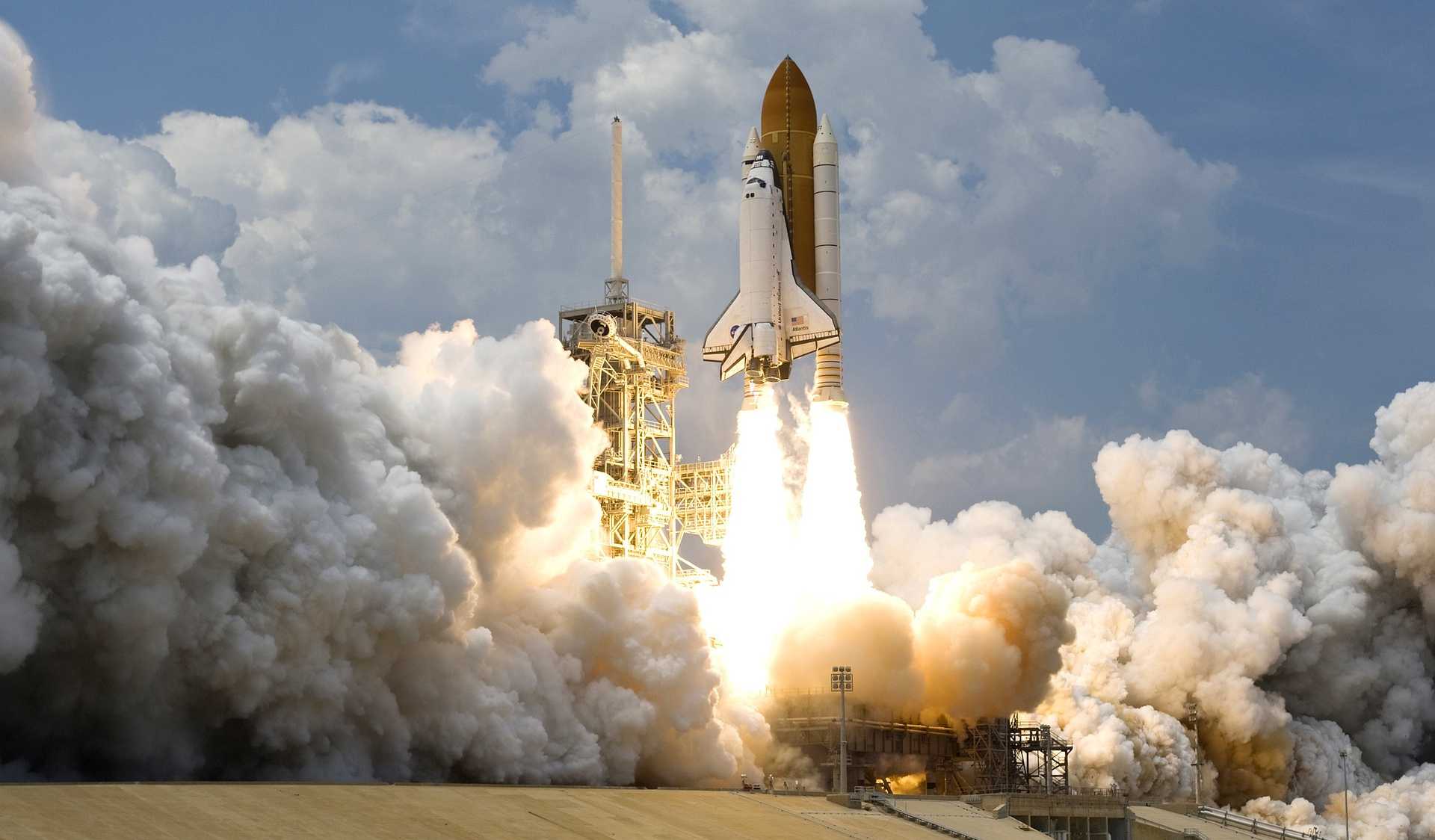Home News Technical Chandrayaan-3 Historic India Moon Mission
09 August, 2023

India's third lunar mission, Chandrayaan-3, is on its way to create history as it prepares to land near the South Pole region of the Moon on 23 August 2023. The mission, which includes a lander named Vikram and a rover named Pragyan, aims to demonstrate India's ability to perform soft landings and conduct scientific experiments on the lunar surface.
Chandrayaan-3 was launched from the Satish Dhawan Space Center in Sriharikota on 14 July 2023 using a Launch Vehicle Mark-III (LVM3) rocket. The launch was successful and the spacecraft, after performing a series of orbit reduction maneuvers, entered a 100 km circular polar orbit around the Moon on 5 August 2023. The propulsion module, which carries the lander and rover configuration, serves as a communication relay satellite between the lander and the Indian Deep Space Network (IDSN) on Earth.
The lander and rover are expected to separate from the propulsion module and begin the powered descent stage on 23 August 2023 at approximately 12:17 UTC. The lander will use its four throttleable engines and various sensors to perform a soft landing on a flat site between Manzinus C and Simpelius N craters located at 69.367621 S, 32.348126 E. The landing site is approximately 4 km x 2.4 km in size and has been selected on the basis of high-resolution images obtained from the Chandrayaan-2 orbiter, which is still active in lunar orbit.
Landing will be a critical and challenging phase of the mission, as the lander will have to navigate autonomously through the complex lunar terrain and avoid any hazards such as rocks, craters, slopes and shadows. The lander will also have to adjust its velocity and attitude according to real-time feedback from its sensors and control systems. The entire landing sequence will take about 15 minutes and will be monitored by ISRO scientists from the Mission Control Center in Bengaluru.
If the landing is successful, the lander will deploy the rover using a ramp, which is located inside it. The rover will then lift off and start exploring the lunar surface using its six wheels. The rover is equipped with two scientific instruments: an Alpha Particle X-ray Spectrometer (APXS) and a Laser Induced Breakdown Spectroscope (LIBS). These instruments will help in analyzing the elemental composition of the lunar soil and rocks. The rover will also send images and data to the lander, which will relay them to the IDSN through the propulsion module.
The lander and rover are designed to operate for up to one lunar day, which is roughly equivalent to 14 Earth days. During this period, they will conduct various experiments to study the lunar environment and geology. The lander carries four scientific payloads: a Radio Anatomy of Moon Bound Hypersensitive Ionosphere and Atmosphere (RAMBHA), a Chandra Surface Thermo Physical Experiment (ChaSTE), an Instrument for Lunar Seismic Activity (ILSA), and a Laser Retroreflector Array (LRA). . These payloads will measure the plasma density and temperature near the Moon's surface, the thermal conductivity and temperature gradient of the lunar regolith, the seismic activity and earthquakes of the Moon, and the precise distance between the Earth and the Moon, respectively.
The propulsion module also carries a payload called the Spectro-Polarimeter of the Habitable Planet Earth (SHAPE), which will observe Earth's atmosphere from lunar orbit and measure its polarizing properties. This payload will help understand how Earth's biosphere affects its atmospheric polarization and how this can be used to detect signs of life on other planets.
The Chandrayaan-3 mission is an important step towards ISRO's future interplanetary missions, such as Gaganyaan, Aditya-L1, Shukrayaan-1, Mangalyaan-2 etc. The mission will also contribute to global scientific knowledge of the Moon and its potential. exploration and use. The mission is expected to generate public interest and inspire young minds to take up careers in science and technology.
The Chandrayaan-3 mission is a collaborative effort between ISRO and various national and international partners. The European Space Agency (ESA) provided tracking support for the mission through its European Space Tracking (ESTRAC) network of ground stations. ESA has also agreed to provide similar support for upcoming ISRO missions in return for ISRO's tracking support for ESA missions. The LRA payload on the lander is provided by NASA as part of an international initiative to place laser reflectors at various locations on the Moon for precise measurements.
The Chandrayaan-3 mission is a testimony to India's space prowess and ambition. It is also a tribute to the former President of India, Dr. APJ Abdul Kalam, who saw India as a space-advanced nation and inspired generations of Indians to pursue their dreams. The mission is named after Chandrayaan, which means "moon vehicle" in Sanskrit, and is the third in a series of lunar missions by ISRO. The first mission, Chandrayaan-1, was launched in 2008 and orbited the Moon for 10 months, making several discoveries such as the presence of water molecules on the lunar surface. The second mission, Chandrayaan-2, was launched in 2019 and consisted of an orbiter, a lander and a rover. The orbiter is still functioning and has clicked stunning pictures of the moon, while the lander and rover failed to land due to a software glitch. The third mission, Chandrayaan-3, aims to achieve what the second mission could not and make India the fourth country in the world to soft-land on the Moon after the Soviet Union, the United States and China.

